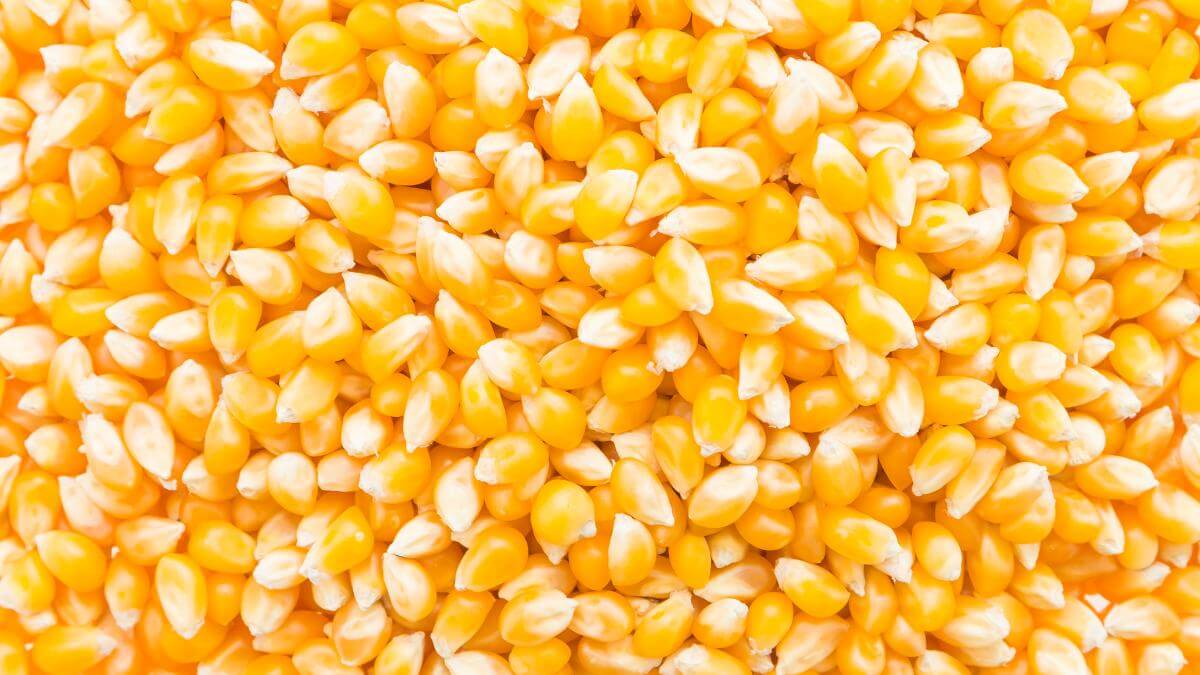When people have trouble with gluten, like those with gluten sensitivities or celiac disease, they often think they can’t eat many whole grains. But there are actually many whole grains without gluten that are good for you and taste great, too. Let’s take a closer look at the grains that are gluten-free and also packed with essential nutrients.
Certified Gluten Free Oats

Oats are a staple in many diets, offering a hearty texture and a nutty flavor. Certified gluten-free oats undergo rigorous testing to ensure they haven’t been contaminated with gluten during processing. They are a fantastic source of fiber, vitamin E, folates, zinc, iron, selenium, copper, manganese and more.
Whole-Grain Sorghum

Sorghum is an ancient grain that has gained popularity in recent years due to its gluten-free status and versatility in cooking. Its mild flavor profile makes it suitable for various dishes, from salads to soups. Additionally, sorghum is rich in protein, iron, and many other vitamins and minerals.
Brown Rice

Brown rice is a nutritious whole grain with a higher nutritional value than white rice. It is an excellent source of complex carbohydrates, fiber, and essential minerals like magnesium, iron, zinc, calcium, and more. Brown rice makes a great base for meals and is a staple in many cuisines worldwide.
Quinoa

Quinoa is often referred to as a superfood for its exceptional nutritional profile. This gluten-free grain is a complete protein, which means it has all nine essential amino acids that human bodies need but can’t produce by themselves. Quinoa is rich in fiber, vitamins, and minerals. This makes it an excellent option for vegans, vegetarians, and anyone who wants to add more nutrients to their diet.
Fonio

Fonio is a lesser-known gluten-free grain native to West Africa but is gaining popularity worldwide due to its nutritional benefits. It’s a tiny grain with a light, fluffy texture and a slightly nutty flavor. Fonio is packed with essential amino acids, vitamins, and minerals, making it a nutritious addition to any diet.
Whole-Grain Buckwheat

Despite its name, buckwheat is naturally gluten-free and not related to wheat. It’s a nutrient-dense grain that’s rich in fiber and antioxidants. It also contains protein. Buckwheat is commonly used in gluten-free baking and cooking, offering a unique earthy taste that pairs well with sweet and savory dishes.
Whole-Grain Corn

Corn is a gluten-free whole grain that’s widely consumed worldwide in various forms, including cornmeal, polenta, and popcorn. It’s a good source of fiber, vitamins, and minerals, including folate and potassium. Incorporating whole-grain corn into your meals is a great way to stay full while getting essential nutrients.
Whole-Grain Millet

Millet is a gluten-free grain that has been cultivated for thousands of years and is a dietary staple in many parts of the world. When cooked, it has a slightly sweet flavor and a light, fluffy texture. Millet is rich in calcium, iron, zinc, and other nutrients. It’s also packed with lipids, high-quality proteins, and fiber.
Whole-Grain Amaranth

Amaranth is a gluten-free grain that’s packed with nutrients and is very versatile and customizable. It’s a complete protein, containing all the essential amino acids, and is rich in fiber, vitamins, and minerals like calcium, potassium, and magnesium. Amaranth has a slightly peppery flavor and can be cooked similarly to rice or used as a flour alternative in baking.
Whole-Grain Teff

Teff is a tiny gluten-free grain that’s native to Ethiopia and Eritrea. Despite its small size, teff packs a nutritional punch. It contains a significant amount of protein, fiber, amino acids, and essential minerals. It has a mild, nutty flavor and is commonly used to make porridge, polenta, veggie burgers, cakes, cookies, or bread.
More from Gluten Free Supper:

Leave a Reply